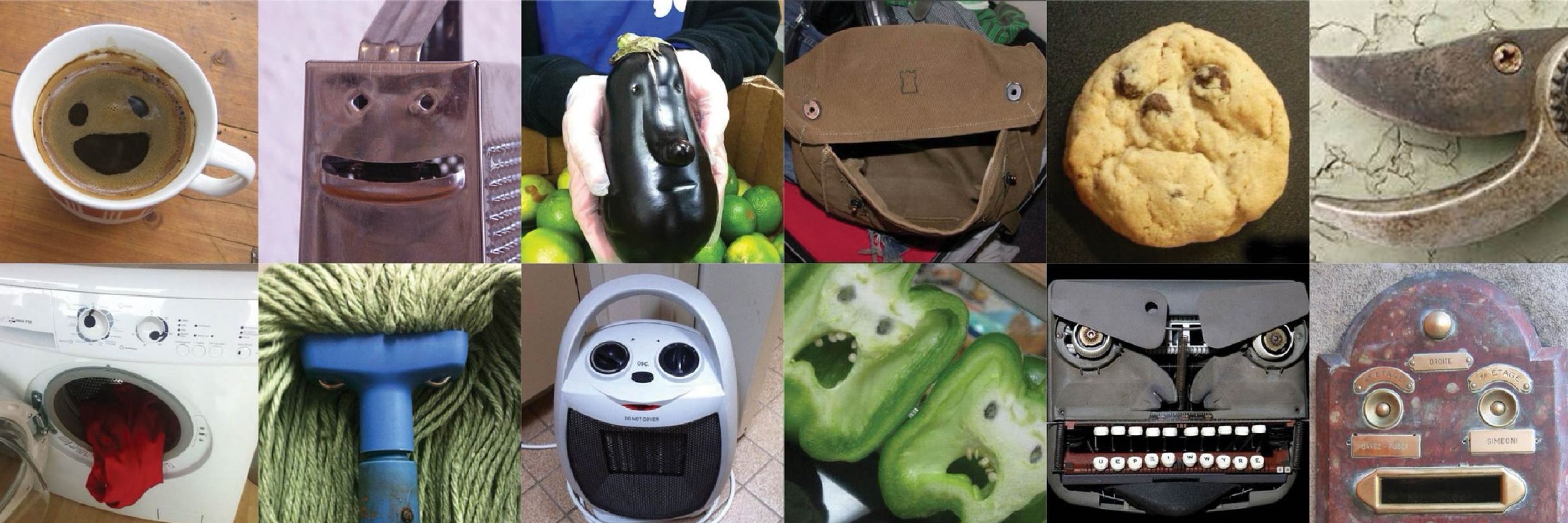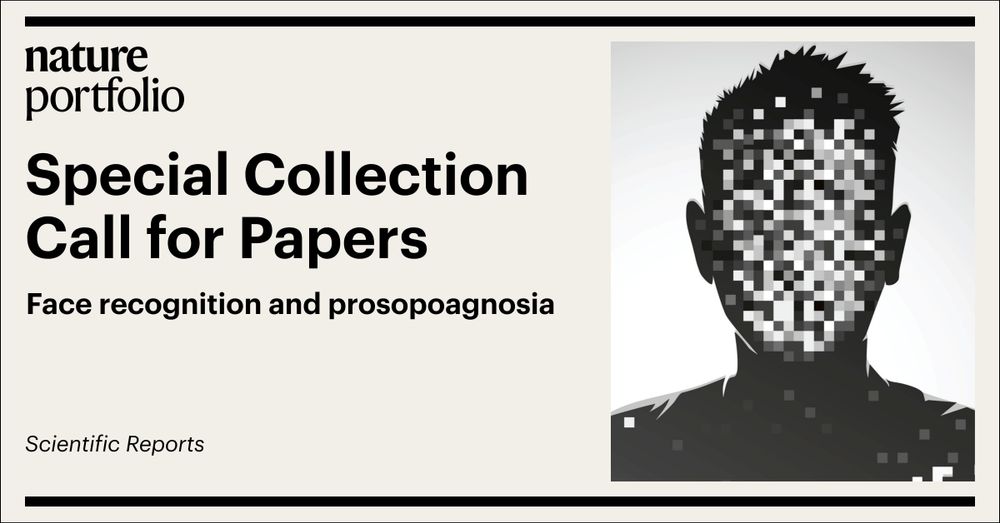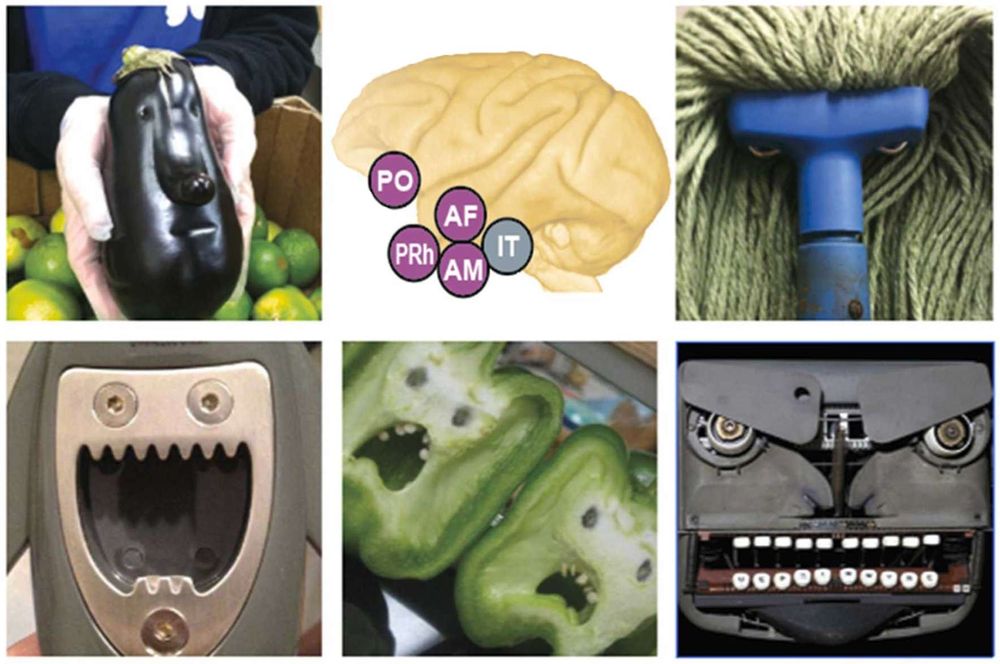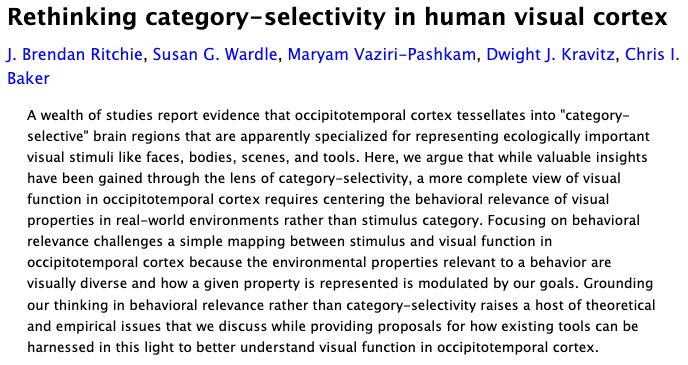Jess Taubert
@jesstaubert.bsky.social
300 followers
270 following
9 posts
I study the neural basis of social intelligence and face perception in humans and other animals.
Director of the BrisBRAIN Lab at the University of Queensland in BrisBANE Australia.
Posts
Media
Videos
Starter Packs
Pinned
Jess Taubert
@jesstaubert.bsky.social
· Aug 19
Reposted by Jess Taubert
Jess Taubert
@jesstaubert.bsky.social
· Aug 19
Jess Taubert
@jesstaubert.bsky.social
· Aug 19
Reposted by Jess Taubert
Natalie Peluso 🧠🫁😊
@nataliepeluso.com
· Apr 14
Jess Taubert
@jesstaubert.bsky.social
· Apr 14
Reposted by Jess Taubert
Reposted by Jess Taubert
Liz Simpson
@simpson.bsky.social
· Apr 2

Ostracism affects children’s behavioral reactivity and gaze cueing of attention
Being ostracized is a negative experience that threatens important psychological needs, inducing considerable cognitive and behavioral changes and influencing the processing of social signals such as ...
doi.org
Reposted by Jess Taubert
Leyla Isik
@lisik.bsky.social
· Feb 3
Jess Taubert
@jesstaubert.bsky.social
· Jan 6
Reposted by Jess Taubert
Reposted by Jess Taubert
Susan Wardle
@susanwardle.bsky.social
· Nov 18









